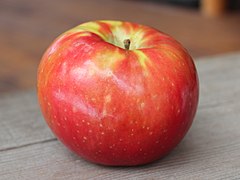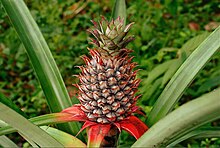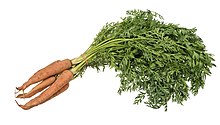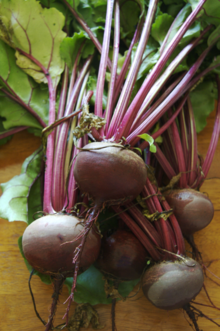Fruits and Vegetables
Examples of 'Body - Tab WYSIWYG' and how it pairs with the 'Horizontal Rule' content type.
Fruits
An apple is a round, edible fruit produced by an apple tree (Malus spp., among them the domestic or orchard apple; Malus domestica). Apple trees are cultivated worldwide and are the most widely grown species in the genus Malus. The tree originated in Central Asia, where its wild ancestor, Malus sieversii, is still found. Apples have been grown for thousands of years in Asia and Europe and were introduced to North America by European colonists. Apples have religious and mythological significance in many cultures, including Norse, Greek, and European Christian tradition.

The avocado (Persea americana) is a medium-sized, evergreen tree in the laurel family (Lauraceae). It is native to the Americas and was first domesticated in Mesoamerica more than 5,000 years ago. Then as now it was prized for its large and unusually oily fruit.[3] The tree likely originated in the highlands bridging south-central Mexico and Guatemala.[4][5][6] Its fruit, sometimes also referred to as an alligator pear or avocado pear, is botanically a large berry containing a single large seed.[7] Sequencing of its genome showed that the evolution of avocados was shaped by polyploidy events and that commercial varieties have an hybrid origin.[8]






